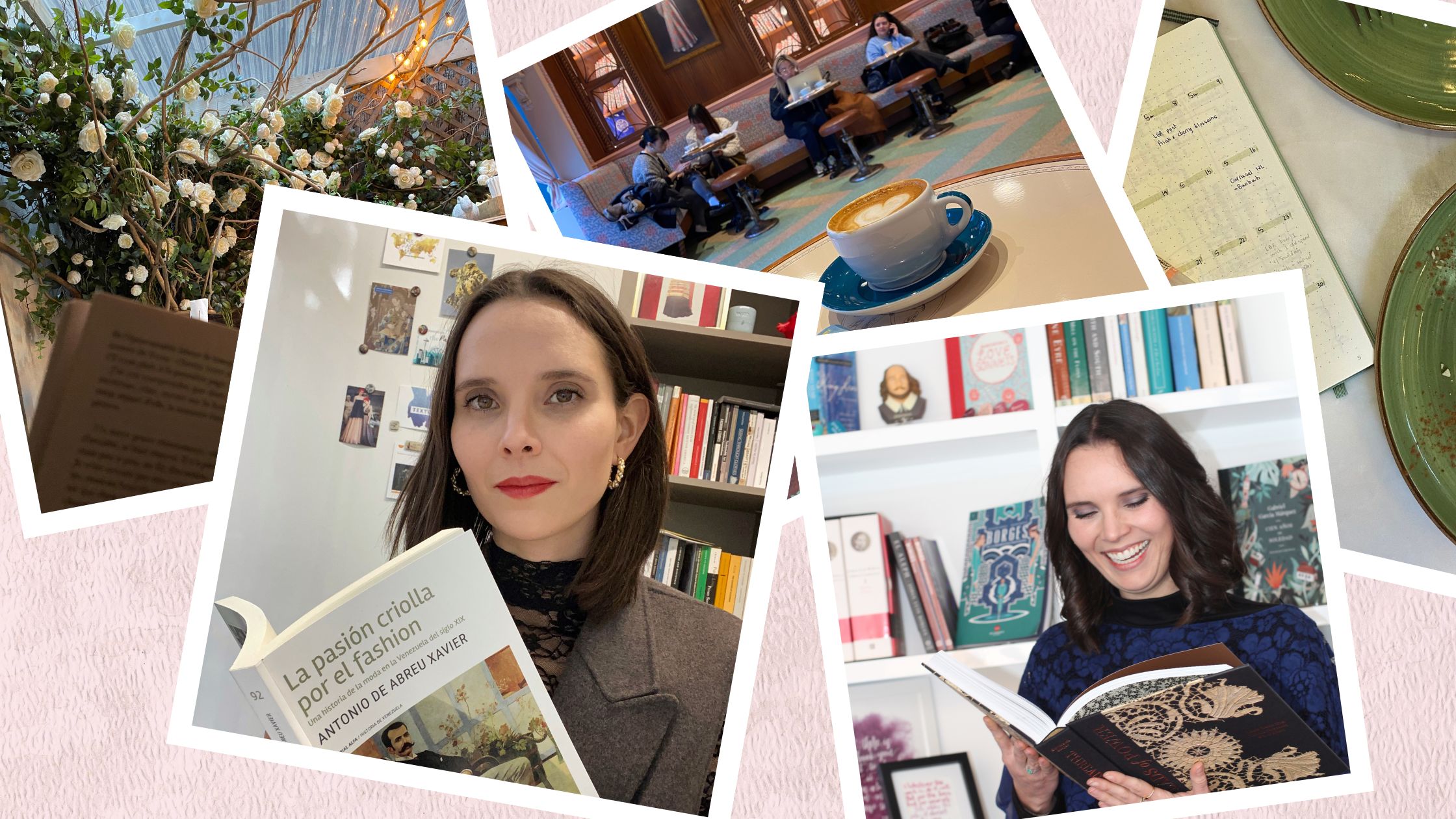Powered by RedCircle
I realized last year that I’ve spent more than a decade researching fashion. It started as a sort of side-project, an interest I pursued during my free time from studying other more “serious” subjects (i.e. math and economics) in college. That interest—combined with a passion for writing—turned into a blog back in 2011, until I slowly redirected my academic life to begin researching the fashion industry in my advanced economics seminars as an undergraduate student. I then moved into an M.A. in Fashion Studies, and finally earned my Ph.D. with a dissertation in the history of fashion.
In short, I’ve spent most of my adult life—and pretty much all of my professional career—researching fashion.
I’ve done it in the company of and with the guidance from some of the brightest minds I’ve ever met and I know that my contributions are only small seedlings in the forest that constitutes the field of fashion studies today.
And yet, the more I research, the more I conclude that fashion still needs so much more research!
Here I’m not talking about the superficial kind of “research” where designers simply take a bunch of images they like, turn them into a pretty moodboard, and craft some sort of storyline for their creations. In fact, this type of research is exactly why I think fashion still needs more research!
The research I’m referring to is much slower, more profound, and requires deep engagement, conscious questioning, and critical thinking. It is the type of research I’ve learned to pursue as a scholar in the humanities—the same type I’ve tried to teach to hundreds of design students in my (almost 8!) years as a professor. It is a kind of research that, perhaps because it needs so much time and energy, seems contrary to the workings of contemporary fashion. And it is so demanding that designers rarely commit to it.
But, despite being counterintuitive and apparently difficult, I believe that this sort of slow, profound, critical research might be the key to reframing global fashion systems to make them more sustainable, ethical, and diverse.
And here’s why.
By embracing “deep” research, fashion designers, brands, and other creators will be able to:
- Move beyond relying solely on images and aesthetics in their creative practices, thus avoiding falling into problematic (if not outright violent) storytelling and cultural appropriation;
- Tell more diverse—and interesting, if you ask me!—stories that move beyond the same subjects, such as “timeless elegance” or “boho chic,” and stereotypes, like Latin American tropical excess, that many consumers have outgrown;
- Understand the particular dynamics of the fashion industry in its different contexts and what they mean, rather than using them as shallow selling points;
- Build stronger and long-lasting alliances with customers that might help businesses sustain in the long run and counter some of the negative individualistic qualities of capitalism;
- Realize that sustainability is not just an item to check or a trend (hello, greenwashing!) but rather a process that requires us to constantly (re)evaluate practices and technologies;
- Celebrate the contributions of Queer, Black, Indigenous, Latinx, and other marginalized people to fashion year round—and not just on dedicated months such as June (globally recognized for pride and the National Indigenous History Month in Canada), February (Black History Month), or September (Hispanic Heritage in the United States); and
- Avoid reacting in self-defense mode when accused of violent practices and instead being open to learn, question the colonialist dynamics of the fashion system, and engage in meaningful conversations and actions that may result in systemic change.
I am certainly biased, but the list sounds convincing when I read it. The problem is that engaging in profound, slow, and critical research is difficult—especially when you are not trained to execute it. And we can’t ignore the increasingly fast pace of the fashion industry, which requires creators to produce more and more each year.
But the industry has made great advances in embracing slower design practices that, I believe—or should I say I hope?—can result in embracing deeper forms of research.
And I’m totally here for it! (while also offering my research services to those interested in working with me)
Who’s in with me? Share your thoughts in the comments or hit me up on social media!

Leave a Reply